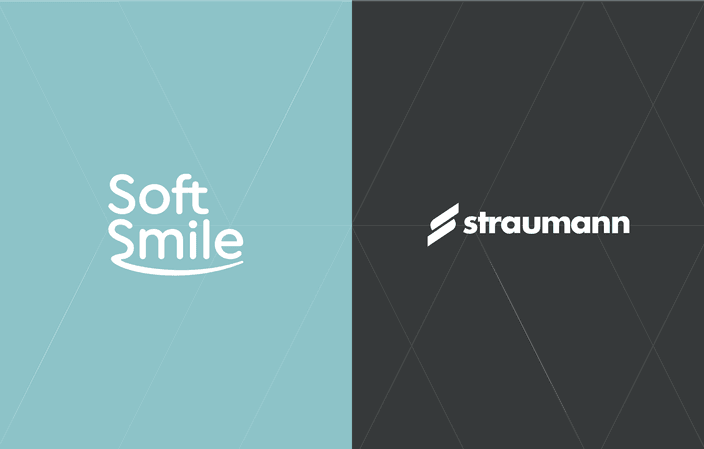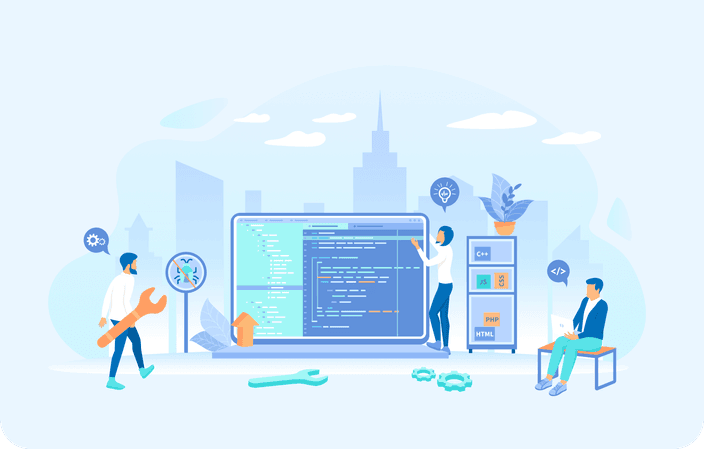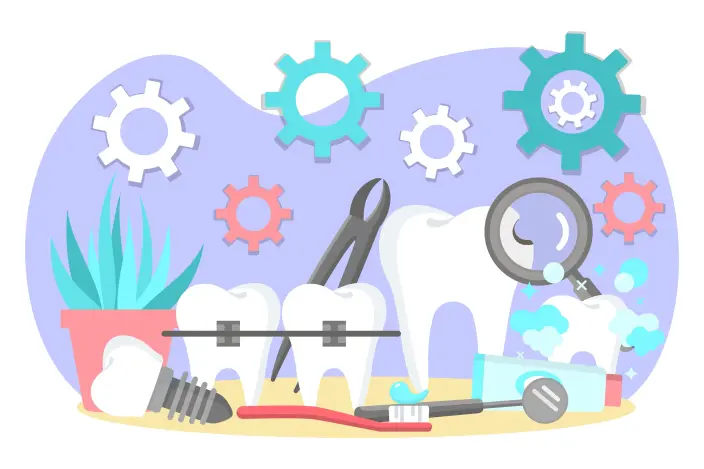October 31, 2023
Building an Industry-Transforming Orthodontic Digital Workflow

For orthodontists looking to confidently own their treatment planning, the first logical step is to design an orthodontic digital workflow that suits their needs and those of their patients. SoftSmile allows doctors to design a clear aligner treatment planning workflow with ease and flexibility.
We spoke to Commercial Director, Edil Islamov,about his background and experiences managing global sales and business development for SoftSmile. He told us about the ways VISION has been designed to innovate how orthodontists develop treatment plans. Unlike other offerings, SoftSmile has created an ecosystem for clear aligner workflow management via the VISION Web Portal, which includes the VISION Web Viewer that allows orthodontists and their staff to share treatment plans with patients. Additionally, the VISION Doctor-Facing Application allows doctors to easily review and modify treatment plans. As such, Islamov notes, VISION allows doctors to manage the clear aligner workflow in a very efficient manner so that they can communicate with all the stakeholders, including their staff, the patient, or the technician who creates the treatment plan.
What issues does VISION solve for doctors?
One of the things that is important for many doctors is having input into the actual treatment plan. A lot of the clear aligner companies use technicians to prepare treatment plans. In some cases, you can share communication via notes, but you can’t get your hands on the actual treatment. And many of the doctors want that control. VISION provides that level of control through our doctor-facing application.
On the other hand, some doctors want all the tools to create a treatment plan, but they don't necessarily want the actual software to be too sophisticated. They want it to be user-friendly, and they want the learning curve not to be too steep. SoftSmile offers all that. A lot of the tools that we have in our software are easy to navigate. So doctors can easily learn how to create actual movements.
We also offer the option for doctors to do the treatment planning themselves, and we’ve made it easy to learn how to navigate through our treatment planning staging table. We also offer a lot of customization on the doctor's side. We’ve learned that a lot of doctors want to use their own attachments and tools. We've provided that flexibility as well with the VISION software. Doctors can upload their own attachments that are specific to them and can’t be shared with anyone else.
How can in-house 3-D printing help doctors be more independent?
In-house 3D printing is growing in popularity around the world. The technology is becoming more accessible, the printers are becoming cheaper. Most of the materials that are used by large labs are also available. It is now possible to get the best materials available on the market and you can 3D print them in-house. You'll lose some of the lab’s automation, and it will probably be more of a manual process. But in terms of the wider adoption of 3D printing technology, more doctors are looking into printing the aligners. That said, many of the software solutions and providers out there don't necessarily want that to happen.
Unlike our competitors, SoftSmile provides that flexibility. We allow doctors to pick and choose what they want, whether they want to do treatment planning themselves, whether they want to outsource it to us or to other providers, or whether they want to 3D print or they want to outsource it to a third-party lab. We offer that flexibility. It really depends on the character of the doctor, whether they want to get their hands dirty or organize the process, do the production in-house, or outsource it to someone else and just oversee the process.
Does 3D printing make aligners more accessible?
Yes, it does. With 3D printing, you can get a patient their first aligner in a matter of hours. So with our software, you can create a treatment plan within half an hour. You can print your first model and you can actually show the patient what their smile is going to look like within half an hour and then have their aligners printed the same day or the next day.
This is very different from what they are used to with larger players, where you first have to communicate with the treatment planning facility, which is based in some other part of the world. Then you have to order aligners. And often the aligners are printed somewhere else. And then if you have refinements to the treatment plan, it becomes a painful process when you have to again review the treatment that was created by someone else. So yes, in-house 3D printing is much faster and much easier to do.
What is the most important takeaway about VISION we want our audiences to have?
SoftSmile is a very innovative company. We are always focused on bringing the best solution to the market and we're constantly innovating and releasing product updates on a quarterly basis.
A lot of the features that we see now are based on feedback that we received from our initial customers. So you can be sure that if you have something very crucial and that's very important for you in terms of treatment planning, you'll probably see it very soon in our upcoming release.
We constantly incorporate the feedback that we get from our clients. We constantly innovate on that, and it's just amazing in that year that I've spent with VISION, the software that we had in the first half of 2022 was already good. But now in 2023, it is so much better. I'm very excited about every update that we have. Our next update this November will offer a lot more automation. And when we talk about using AI, about using machine learning, it's not just buzzwords, it's the actual tools that will help to facilitate treatment planning and make everyone's life easier.
How do you think that VISION can disrupt the clear aligner market?
We know that most of the prominent players in the clear aligner market have closed systems. They don't want their clients to have the flexibility of choosing a provider, or the materials that are used to make the aligners or the packaging.
We know that a lot of the clients want flexibility when it comes to pricing, their communication, and their involvement in the actual treatment planning, and that's where SoftSmile comes in. Our solution is built around flexibility and it is built around doctors being in control of the treatment. That's where our differentiation comes in and that's where we believe the market is going.
We also know that patients don't want to pay a lot of money, even to big aligner brands; some of them want a more affordable solution. So, if we're talking about the markets that are growing at the highest rate, we see that a lot of potential patients need orthodontic treatment, but can't necessarily afford the treatment options currently offered by the larger brands. So there's a lot of potential for SoftSmile to grow that end of the pie by offering high-quality clear aligners with precise treatment at a lower price to the end users.



